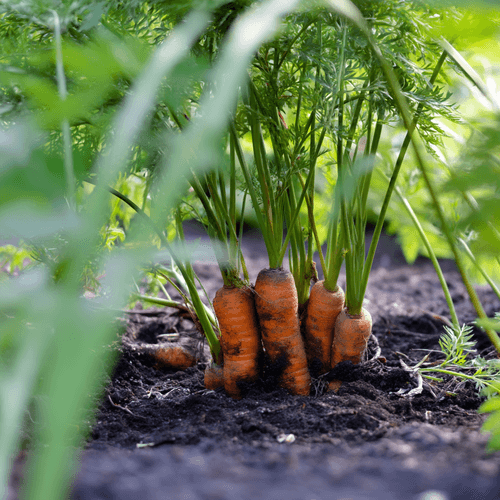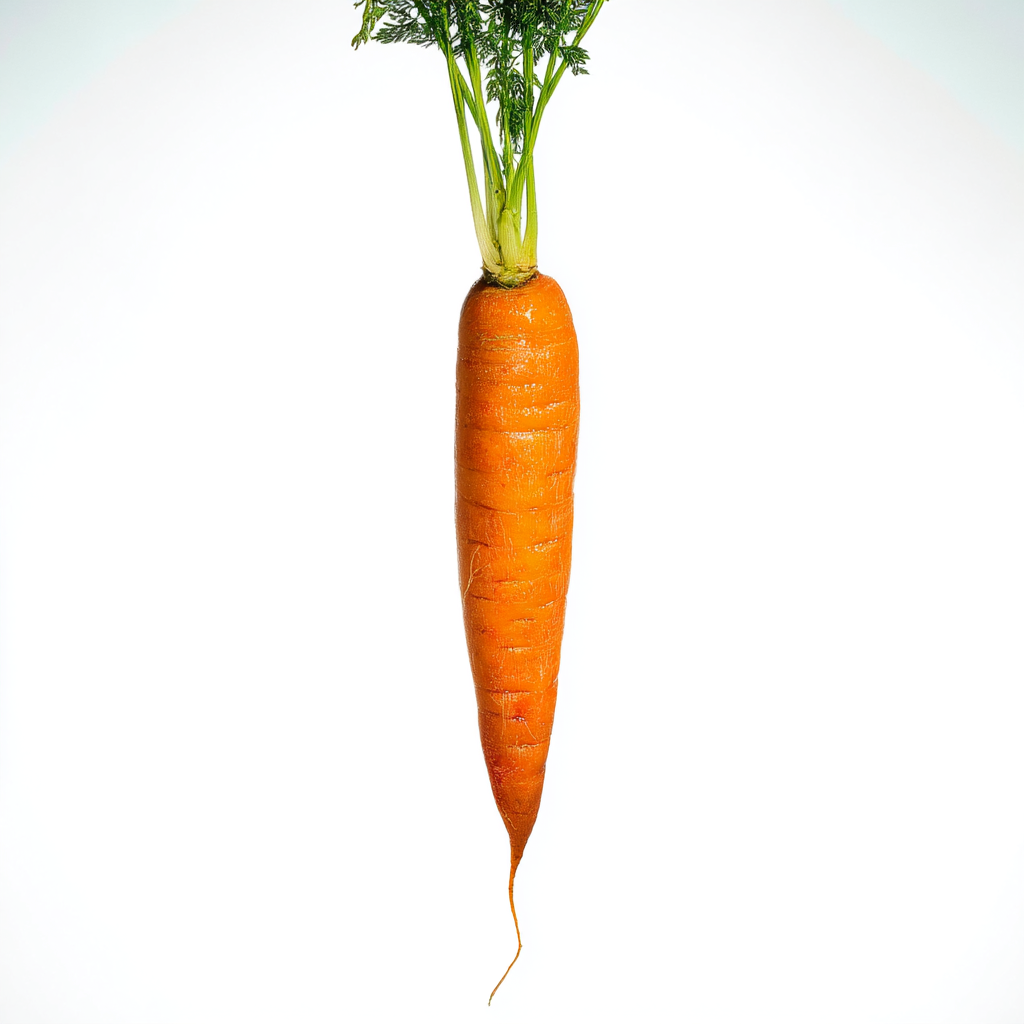Did you know ?
- 1 Carrots were originally purple or white before Dutch growers developed orange varieties.
- 2 The world’s longest carrot measured over 6.2 meters (20.5 feet).
- 3 Baby carrots are just regular carrots cut and polished into smaller pieces.

